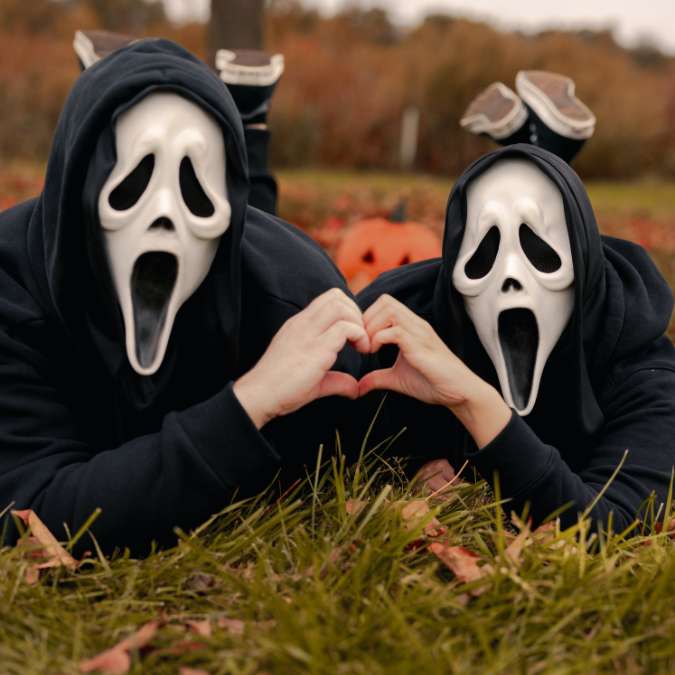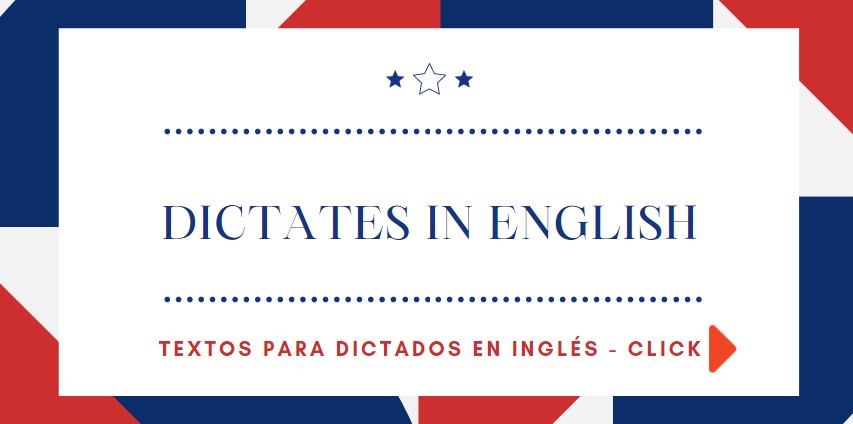
Social Media and Halloween: Are We Celebrating the Holiday or Just Sharing It? 🎃📱
In the past two decades, Halloween has transformed — not just in how we dress up or decorate, but in how we experience it. Once a neighborhood-centered celebration of costumes, candy, and spooky fun, Halloween has now become a global event shaped by social media.
From TikTok trends to Instagram-worthy pumpkin patches and viral makeup tutorials, Halloween has evolved into a digital spectacle. But as we scroll through endless feeds of witches, vampires, and cinematic pumpkin displays, a question arises:
👉 Are we truly celebrating Halloween… or are we just sharing it online?
Let’s explore how social media has changed the meaning, traditions, and emotions behind one of the world’s most loved holidays — and what this says about our modern relationship with celebration itself.
🎃 The Evolution of Halloween: From Tradition to Trend
Before the rise of smartphones, Halloween was largely a local experience — about community, creativity, and playful fear. Children went door to door for candy, families carved pumpkins, and friends gathered to watch scary movies.
Today, that same holiday lives in two parallel worlds: the physical and the digital.
Social media has not replaced traditional Halloween fun — it has reframed it. The costumes are still there, the candy still flows, and haunted houses still open their doors. But now, every moment is likely to be recorded, filtered, and shared.
👻 From a private night of fun, Halloween has turned into a global showcase — a visual celebration of creativity, fear, and self-expression.
📸 The Instagram Effect: When Aesthetics Redefine Celebration
There’s no denying it — Instagram changed Halloween forever.
Scroll through your feed in late October, and you’ll see:
- Perfectly carved pumpkins lined up on porches 🎃
- Elaborate costume photoshoots in candlelit forests 🌲
- Couples dressed in matching movie-inspired looks 🎬
- Latte art shaped like ghosts and skeletons ☕💀
Halloween has become aesthetic-driven. People no longer just celebrate; they curate their experiences. Every decoration, every pose, every shadow is adjusted for the perfect shot.
📱 A holiday of performance
The focus has subtly shifted from doing to showing.
For many, the joy now lies not only in the activity itself, but in how it looks online.
- Costumes are chosen not just for comfort or humor, but for how photogenic they’ll appear.
- Parties are planned with lighting and décor that match the Halloween aesthetic.
- Even pumpkin carving becomes a photo opportunity, complete with captions and hashtags.
The result? Halloween has become one of the most shared holidays on social media, rivaling Christmas and New Year’s Eve in online engagement.
🎭 TikTok and the Rise of Viral Halloween Culture
If Instagram made Halloween beautiful, TikTok made it performative.
Every October, TikTok floods with:
- Makeup artists transforming themselves into zombies or Disney villains 💄🧟♀️
- Dance challenges inspired by horror movies 🩰
- DIY costume tutorials with millions of views ✂️
- Short scary stories and paranormal “found footage” clips 👁️
TikTok has democratized Halloween creativity. Anyone can go viral — from a clever homemade costume to a spooky house decoration or even a funny reaction to a jump scare.
Unlike traditional media, where Halloween was often portrayed in a limited, Westernized way, TikTok has made it global and diverse. People share how they celebrate Halloween in different countries, merging traditions from Día de Muertos in Mexico 🇲🇽 to Obon in Japan 🇯🇵.
This global exchange has turned Halloween into a digital melting pot — blending fear, fun, and creativity in an endless feed of ideas.
🎃 The Psychology Behind Sharing Halloween
Why are we so eager to post our Halloween experiences online?
Psychologists and social researchers suggest several explanations rooted in self-expression, identity, and social connection.
🧩 1. Self-expression and creativity
Halloween allows people to experiment with identity — to become someone (or something) else for a night. Costumes, makeup, and decorations are all forms of storytelling.
By posting them online, we share our creative selves with the world. Likes and comments serve as validation, reinforcing our sense of originality and belonging.
❤️ 2. The need for social connection
Social media transforms Halloween into a shared global event. When we post a photo in costume or comment on a friend’s pumpkin carving, we feel part of a collective celebration.
This creates a sense of togetherness, even across continents — a digital version of the communal spirit Halloween has always represented.
📱 3. The “highlight reel” effect
Modern culture thrives on visibility. People share their Halloween moments to capture joy and excitement, but also to craft their personal narratives.
Halloween posts are not just about the costume — they’re about saying:
“I’m fun. I’m creative. I belong.”
This desire for recognition is human — but when celebration becomes performance, authenticity can fade.
🕸️ The Double-Edged Sword: Authenticity vs. Appearance
While social media amplifies creativity and community, it also changes how people feel about Halloween.
Many users admit feeling pressure to post perfect photos, attend photogenic parties, or have a “viral” costume idea.
This can lead to:
- Comparison and insecurity, especially among young people.
- Commercialization, as influencers promote brands, costumes, and makeup products.
- Loss of spontaneity, as celebrations are carefully staged for photos.
In short, Halloween risks becoming less about emotion and more about image.
Still, it’s not all negative. For countless others, social media provides a platform for creativity and community, especially for people who may feel excluded from traditional social events.
🕯️ From body-positive influencers redefining costume culture to neurodivergent creators finding their audience through spooky content — the digital Halloween world can also be a space of empowerment and inclusion.
🧙♀️ Influencers and the Business of Halloween
Halloween has quietly become a marketing powerhouse, and social media sits at its core.
🎃 The influencer economy
Beauty and fashion influencers dominate Halloween with:
- Makeup tutorials inspired by movie monsters or fantasy characters.
- Sponsored costume collaborations with brands and online shops.
- Home décor partnerships featuring gothic or pumpkin-themed items.
Even pet influencers join in — dogs and cats dressed as ghosts or pumpkins often go viral. 🐾
This commercialization shapes how we perceive the holiday: Halloween isn’t just something we celebrate; it’s something we consume.
💰 Brands and digital storytelling
Major brands also use Halloween to connect with audiences in creative ways — from Coca-Cola’s spooky ad campaigns to Netflix releasing horror shows during October.
Social media amplifies these efforts, making Halloween not just a celebration but a global marketing season.
🌍 A Global Halloween: How Social Media Spread the Tradition
Social media didn’t just change how we celebrate Halloween — it spread it across the globe.
Twenty years ago, Halloween was primarily celebrated in the United States, Canada, Ireland, and the UK. Today, thanks to Instagram, TikTok, and YouTube, it has become a worldwide event.
Countries that traditionally didn’t celebrate Halloween — like Spain, Japan, or Brazil — now host costume parties, themed parades, and pumpkin festivals inspired by what they see online.
📲 The digital world created a shared global Halloween language — pumpkins, ghosts, witches, and skeletons recognized across cultures.
In doing so, it blurred the line between local traditions and global trends. Some see this as cultural enrichment; others view it as the loss of authenticity.
Still, the fact remains: social media turned Halloween into a universal celebration of imagination.
👁️ Are We Still Truly Celebrating?
The question remains — with so much focus on posting and sharing, are we still experiencing Halloween the same way?
When we film our reactions in haunted houses or pose for the perfect pumpkin selfie, we sometimes observe the moment instead of living it.
Psychologists call this the observer effect — when documenting an experience changes how we feel it.
🎭 The magic of Halloween lies in presence — the laughter of trick-or-treating kids, the chill of a cold October night, the thrill of a jump scare. Yet many now live those moments through a screen.
That doesn’t make it meaningless — but it does redefine celebration for the digital age.
🕯️ Finding Balance: Sharing Without Losing the Spirit
So, how can we enjoy the best of both worlds — celebrating Halloween and sharing it meaningfully online?
Here are a few tips:
- Celebrate first, post later.
Experience the party, the movie, or the haunted walk fully before reaching for your phone. - Focus on connection, not perfection.
Share photos that reflect real joy, not staged perfection. Authenticity always resonates more. - Support creativity, not comparison.
Engage with others’ Halloween posts positively. Compliment, don’t compete. - Use social media for inspiration, not validation.
Let it spark your imagination — new costume ideas, decorations, or traditions — but remember the goal is fun, not approval.
🎃 Final Thoughts: The Spirit Behind the Screen
Halloween has always been a celebration of transformation — of turning fear into fun and darkness into laughter.
Social media didn’t destroy that spirit; it simply amplified and redefined it.
We no longer just carve pumpkins — we share tutorials.
We don’t just wear costumes — we inspire others with them.
We don’t just scream in haunted houses — we record and relive it.
Whether that’s good or bad depends on how consciously we use it.
So this Halloween, whether you’re out with friends, dressing up your pet, or editing your next spooky post, remember:
✨ Halloween isn’t only about what we share — it’s about what we feel.
Behind every selfie, filter, and hashtag lies the same ancient human desire:
to celebrate, to connect, and to play with the mysteries of the night. 🌕👻🎃
Sources:
- Pew Research Center: Social Media and Holiday Culture (2024)
- The Conversation: How Social Media Shapes the Way We Celebrate (2023)
- Forbes: The Business of Halloween and Influencer Marketing (2024)
- BBC Future: Why We Celebrate Online More Than in Real Life (2024)
- Psychology Today: The Psychology of Sharing Holidays on Social Media (2023)

